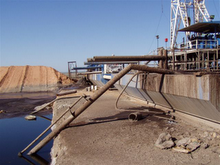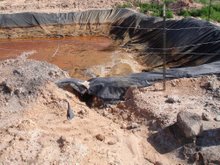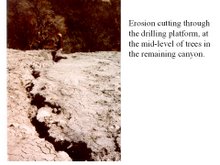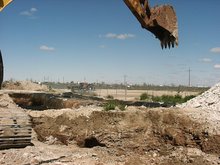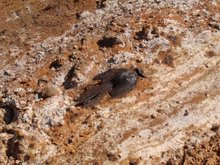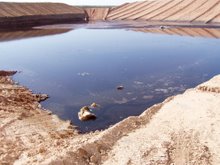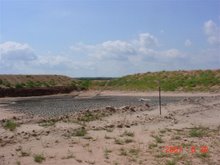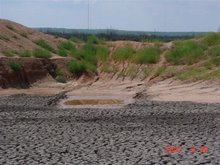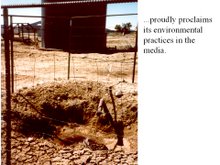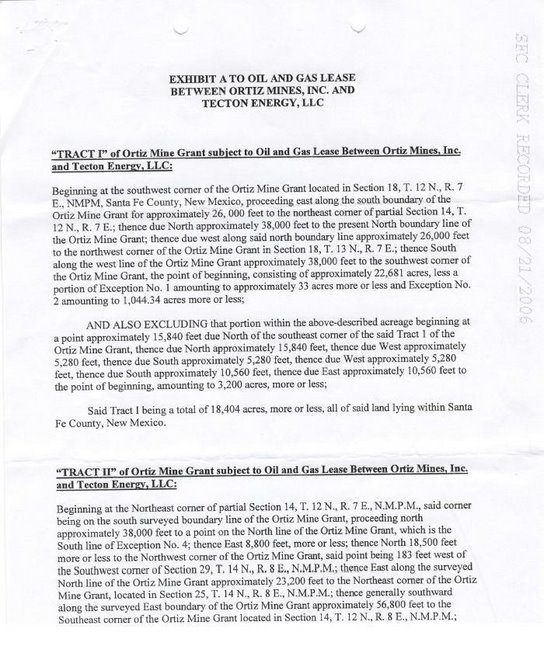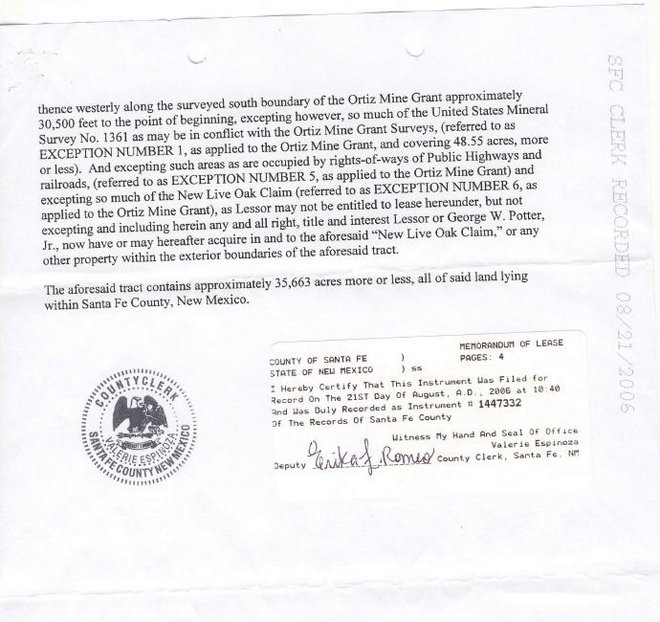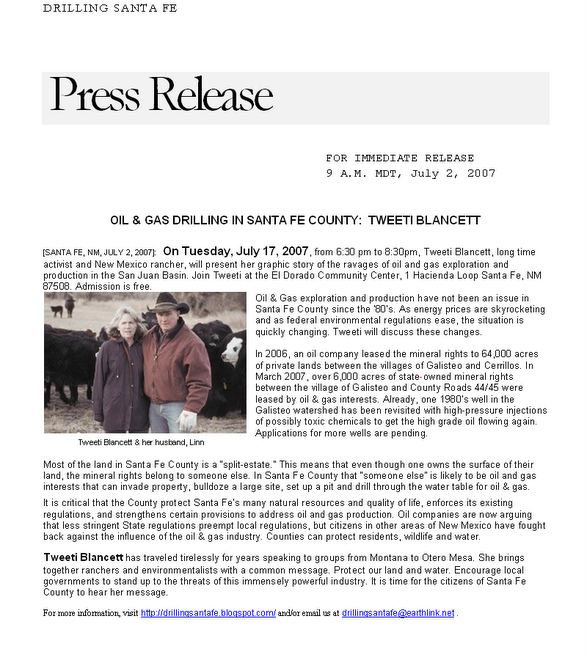The battle over where oil and gas companies can drill is heading to the courts.
The New Mexico Oil and Gas Association is preparing litigation to challenge Santa Fe County's authority to impose a moratorium on oil operations as part of an industry effort to clearly define the boundaries between state government authority and county jurisdiction, said association President Bob Gallagher.
Separately, Texas-based Approach Resources Inc. is already challenging, through the U.S. District Court in Santa Fe, a moratorium imposed by the Rio Arriba County Commission to block Approach's drilling plans near Tierra Amarilla.
"The litigation we're preparing regarding Santa Fe County will focus specifically on that county, but with the proper judgment, it will impact other counties like Rio Arriba by setting a legal precedent," Gallagher said. "We believe strongly that state law gives the authority to regulate the oil and gas industry solely to the state Oil Conservation Division and the Oil Conservation Commission. Moratoriums by counties should be pre-empted, because if every county were allowed to adopt their own separate rules and regulations, it would be mass confusion."
A favorable ruling by the courts in the association's litigation in Santa Fe or Approach's legal challenge in Rio Arriba will not automatically allow drilling activities in either place to go forward because of executive intervention in both counties.
Gov. Bill Richardson imposed a six-month moratorium last January on drilling in the Galisteo Basin southeast of Santa Fe. On July 18, he extended that moratorium to Jan. 24, 2009, to allow more time for state agencies to examine the potential local impact of oil operations.
In Rio Arriba, Richardson has not imposed a moratorium, but on July 21 he ordered the Oil Conservation Division to propose new rules for oil and gas activities in the county's eastern zones to protect water resources, human health and the environment where Approach is active, said division spokeswoman Jodi Porter.
"The governor has directed us to draft new rules in the regions around the Chama Watershed because it's more or less a wildcat area without a history of oil operations," Porter said.
Also, on July 18, the division canceled one of four drilling permits previously granted to Approach because further review showed the proposed well would be located in a wetland about 40 feet from surface water sources. The division suspended the other three permits as well and forwarded them on to the Oil Conservation Commission for review.
Curtis Henderson, executive vice president and general counsel for Approach, declined to comment on whether the state's actions will affect the company's litigation against Rio Arriba County, which in April imposed its own four-month moratorium on drilling to draw up a new local ordinance on oil and gas activities.
But Gallagher said the issue of county authority must be resolved despite executive action, especially in Santa Fe, where the county unilaterally declared a year-long moratorium on drilling in the Galisteo Basin independently from state government.
"The thought that a locally elected body can just take your livelihood away is scary, especially when there are tens of millions of dollars in expenses involved in projects," Gallagher said. "The law is very specific that cities and counties can take action to protect their water and waterways, but state statutes don't give them authority to impose moratoriums or regulate oil and gas activities."
Gallagher said a final draft of the Santa Fe litigation is now being prepared, although it's not clear which court the association will approach.
Apart from contesting the county's right to adopt a moratorium, the case will be joined by a local property owner with significant mineral rights to stop the county from "taking" his property rights away. Gallagher declined to name the owner, but said his inclusion greatly strengthens the case.
"I'm not sure any judge would ever rule that someone can take a property right away from someone," Gallagher said.
But county officials insist they have the right to impose rules and regulations to protect local communities from things like noise and air pollution.
"Local governments have authority over many issues that state statutes don't deal with, such as traffic, water contamination or industrial activities in residential areas," said Steve Kopelman, general counsel for the New Mexico Association of Counties. "Local government does have a role to play, and it's a very important one."
The Association of Counties filed an amicus brief in the Approach litigation to show that Rio Arriba and other counties do have authority over many local issues that affect oil and gas operations. The brief said the issue is of "critical importance" to every city and county in the state.
Santa Fe County spokesman Stephen Ulibarri said the amicus brief reflects his county's position in any litigation that might challenge Santa Fe's local authority. He said the county declared its moratorium in the Galisteo Basin to draw up a gross-management plan for the Basin that reflects broad input from local communities and industry experts on the best development plan for that area.
"We're looking at the big picture, not just an ordinance for the oil and gas industry," Ulibarri said.
Oil Conservation Division Director Mark Fesmire said a court ruling on the issue will help clarify state and local authority.
"I think there are some areas where the county can legitimately police oil activities, but where those boundaries lay will be settled when the case comes to court," Fesmire said. "Clearly, I have a different take than the Oil and Gas Association, but the right take is what the court comes up with."




 A new potential source of water for the Albuquerque metro has been discovered under the West Mesa.
A new potential source of water for the Albuquerque metro has been discovered under the West Mesa. 




